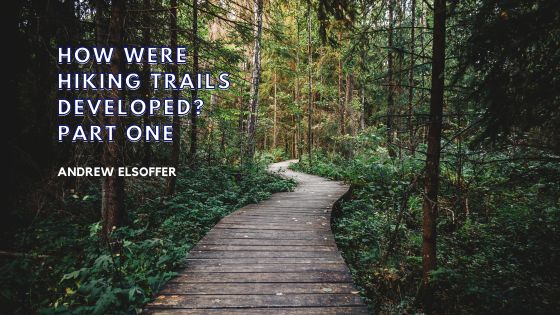Hiking trails are a testament to human curiosity and the desire to explore. For as long as humans have been on this planet, they have been walking through the wilderness and marking paths to make it easier to traverse. From the earliest days of human history, people have been exploring the natural world on foot, and the development of hiking trails has been a gradual process of building upon that basic human instinct. Today, hiking trails are an essential part of our recreational infrastructure, providing access to some of the world’s most beautiful and remote corners.
The development of hiking trails has been a long and fascinating process, driven by a deep human instinct to explore and connect with the natural world. From animal paths to trade routes, and religious pilgrimages to recreational escapes, hiking trails have been shaped by various historical and cultural factors. Understanding the history of hiking trails sheds light on our relationship with nature and provides insights into the evolution of human society and culture.
Early Trails
Animals created the earliest hiking trails as they moved across the landscape for food and water. These paths were often narrow and difficult to follow, but they provided the basis for many of today’s trails. Indigenous people also created trails, usually following the same routes as animals but with more purposeful intent.
Trails were used for transportation, trade, and pilgrimage as societies developed. In Europe, the ancient Romans built roads and trails to connect their empire, and pilgrims used these trails to travel to religious sites. In North America, Native American trails were used for hunting, trade, and travel between tribes.
Trails for Recreation
As the 19th century progressed, people began to see the outdoors as a place to escape the stresses of urban life. Outdoor recreation became increasingly popular, and hiking trails were created to provide access to scenic vistas and remote wilderness areas.
The Appalachian Trail was one of the first recreational hiking trails in the United States. Benton MacKaye conceived it in the 1920s as a way to escape modern life’s stresses. The trail stretches 2,000 miles from Georgia to Maine, becoming a symbol of the American wilderness.
In Europe, the development of hiking trails was partly driven by tourism growth. The Swiss Alps were a popular destination for wealthy Europeans, and the construction of hiking trails helped to make these areas more accessible. The first Swiss Alpine Club was founded in 1863 and played a crucial role in promoting hiking as a recreational activity.
Stay tuned for part two to learn even more about how hiking trails were developed!

